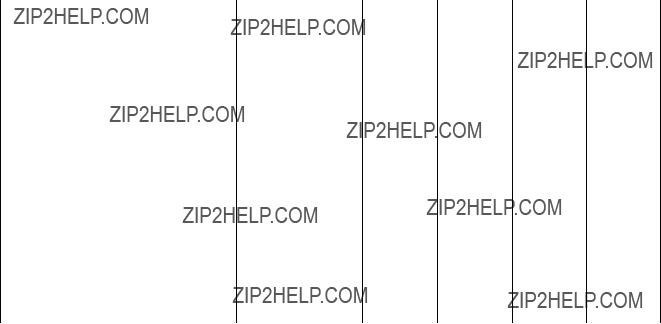
INTEGRATED CIRCUITS
TDA1519
2 x 6 W stereo car radio power amplifier

INTEGRATED CIRCUITS
TDA1519
2 x 6 W stereo car radio power amplifier

GENERAL DESCRIPTION
The TDA1519 is an integrated
??? AC and DC
QUICK REFERENCE DATA
PACKAGE OUTLINE

Fig.1 Block diagram.

FUNCTIONAL DESCRIPTION
The TDA1519 contains two identical amplifiers with differential input stages. The gain of each amplifier is fixed at 40 dB. A special feature of this device is the
???low
???low
???mute condition.
RATINGS
Limiting values in accordance with the Absolute Maximum System (IEC 134)

Fig.2 Power derating curve.
DC CHARACTERISTICS (note 1)
VP = 14,4 V; Tamb = 25 ??C; unless otherwise speci???ed

Notes to the characteristics
1.All characteristics are measured using the circuit shown in Fig.4.
2.The circuit is DC adjusted at VP = 6 V to 18 V and AC operating at VP = 8,5 V to 18 V.
3.At 18 V < VP < 30 V the DC output voltage ??? VP/2.
4.Output power is measured directly at the output pins of the IC.
5.Frequency response externally fixed.
6.Ripple rejection measured at the output with a source impedance of 0 ?? (maximum ripple amplitude of 2 V) and a frequency between 100 Hz and 10 kHz.
7.Noise voltage measured in a bandwidth of 20 Hz to 20 kHz.
8.Noise output voltage independent of RS (VI = 0 V).

Fig.3

Fig.4 Application circuit diagram.

D
D1
q
DIMENSIONS (mm are the original dimensions)
 A2
A2 
E
 c
c
Q
Note
1. Plastic or metal protrusions of 0.25 mm maximum per side are not included.

SOLDERING
Introduction
There is no soldering method that is ideal for all IC packages. Wave soldering is often preferred when
This text gives a very brief insight to a complex technology. A more
Soldering by dipping or by wave
The maximum permissible temperature of the solder is 260 ??C; solder at this temperature must not be in contact with the joint for more than 5 seconds. The total contact time of successive solder waves must not exceed
5 seconds.
The device may be mounted up to the seating plane, but the temperature of the plastic body must not exceed the specified maximum storage temperature (Tstg max). If the
Repairing soldered joints
Apply a low voltage soldering iron (less than 24 V) to the lead(s) of the package, below the seating plane or not more than 2 mm above it. If the temperature of the soldering iron bit is less than 300 ??C it may remain in contact for up to 10 seconds. If the bit temperature is between 300 and 400 ??C, contact may be up to 5 seconds.
DEFINITIONS
Data sheet status
Limiting values
Limiting values given are in accordance with the Absolute Maximum Rating System (IEC 134). Stress above one or more of the limiting values may cause permanent damage to the device. These are stress ratings only and operation of the device at these or at any other conditions above those given in the Characteristics sections of the speci???cation is not implied. Exposure to limiting values for extended periods may affect device reliability.
Application information
Where application information is given, it is advisory and does not form part of the speci???cation.
LIFE SUPPORT APPLICATIONS
These products are not designed for use in life support appliances, devices, or systems where malfunction of these products can reasonably be expected to result in personal injury. Philips customers using or selling these products for use in such applications do so at their own risk and agree to fully indemnify Philips for any damages resulting from such improper use or sale.